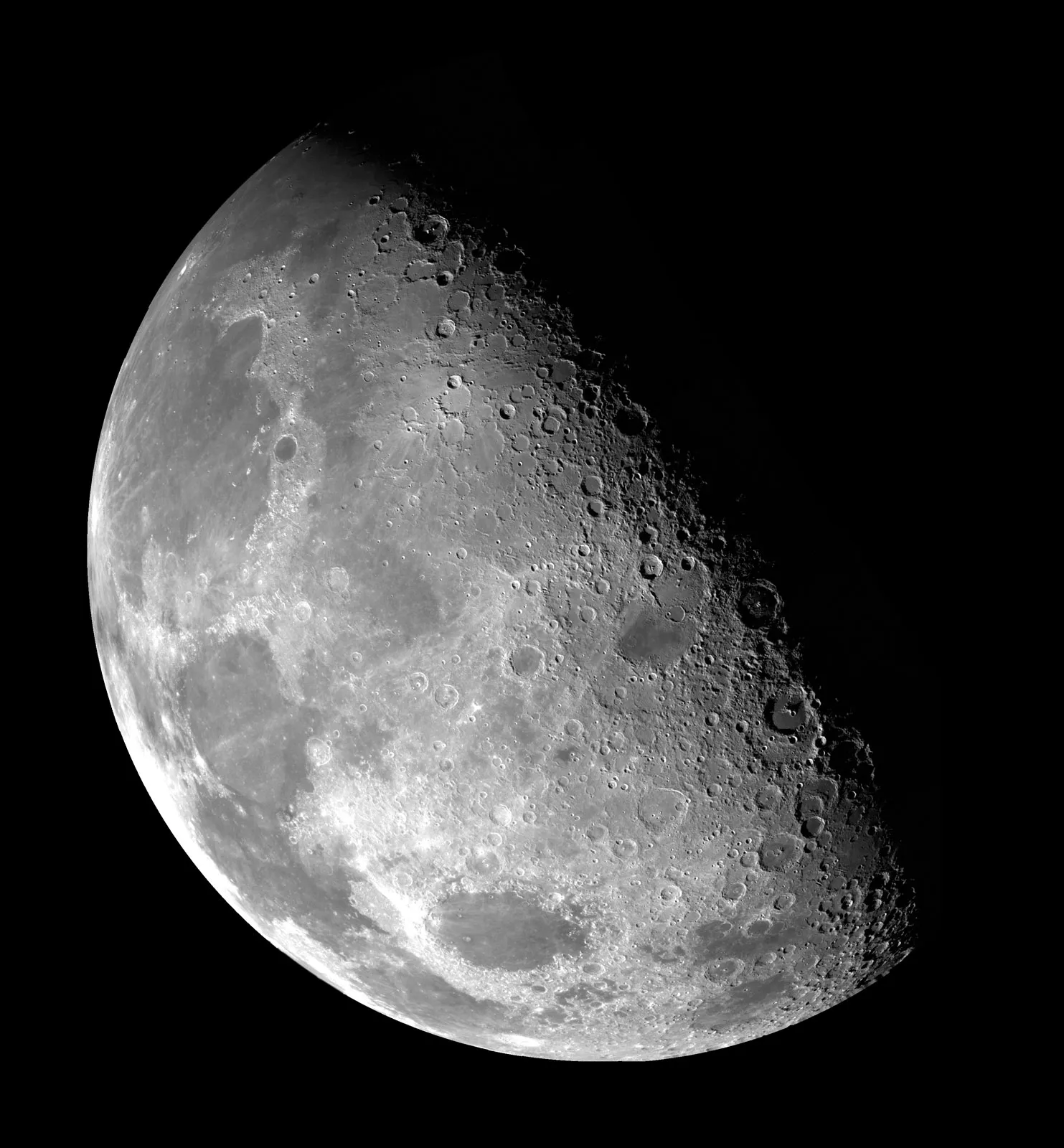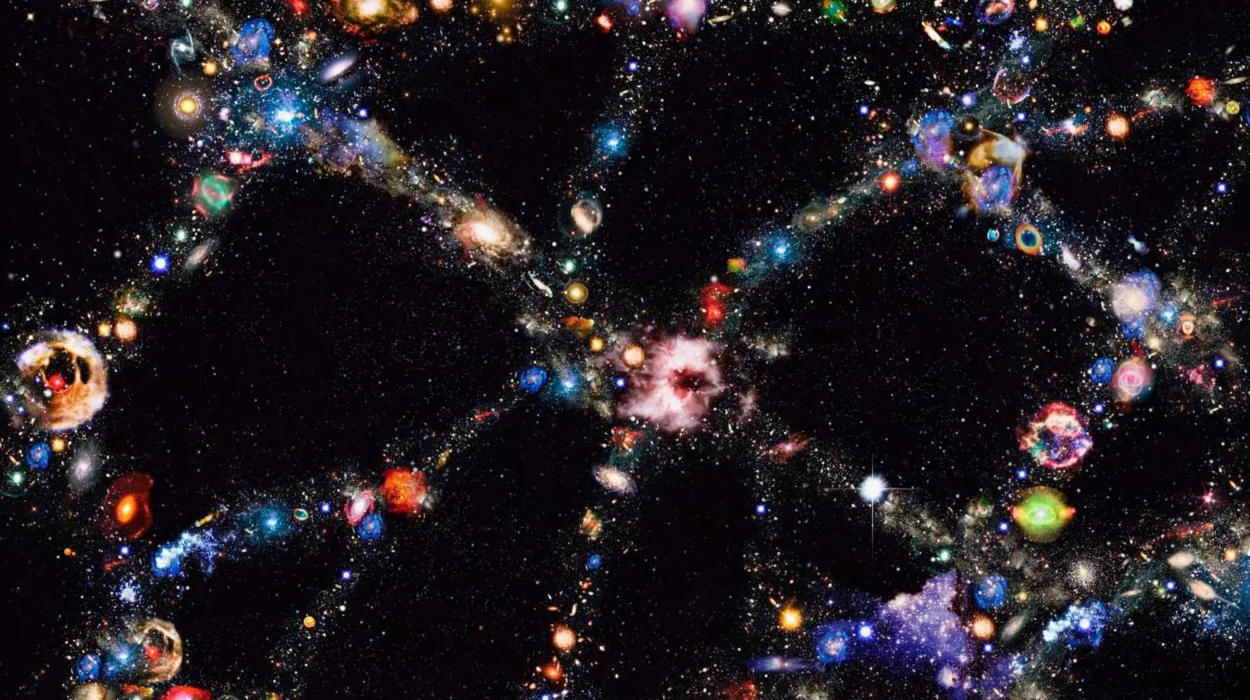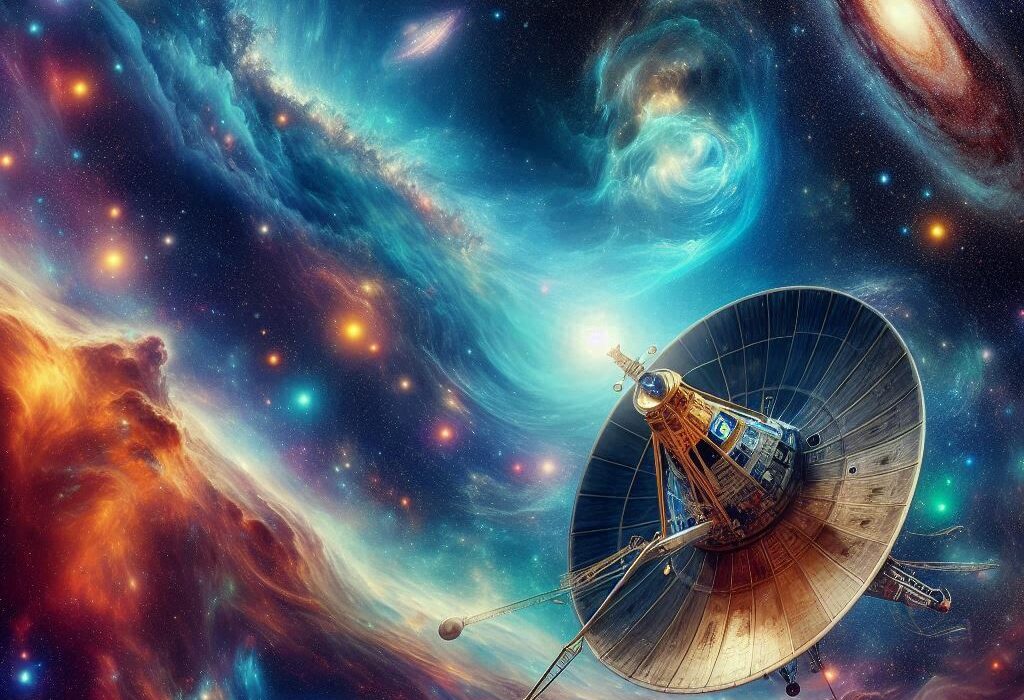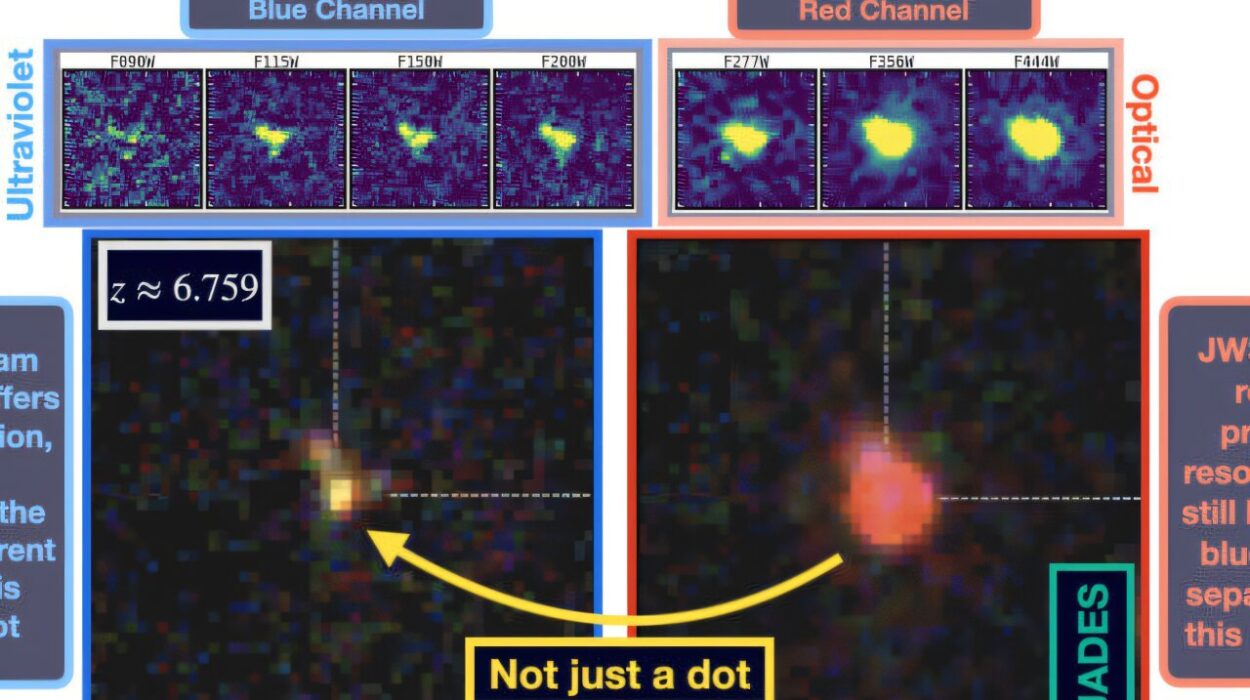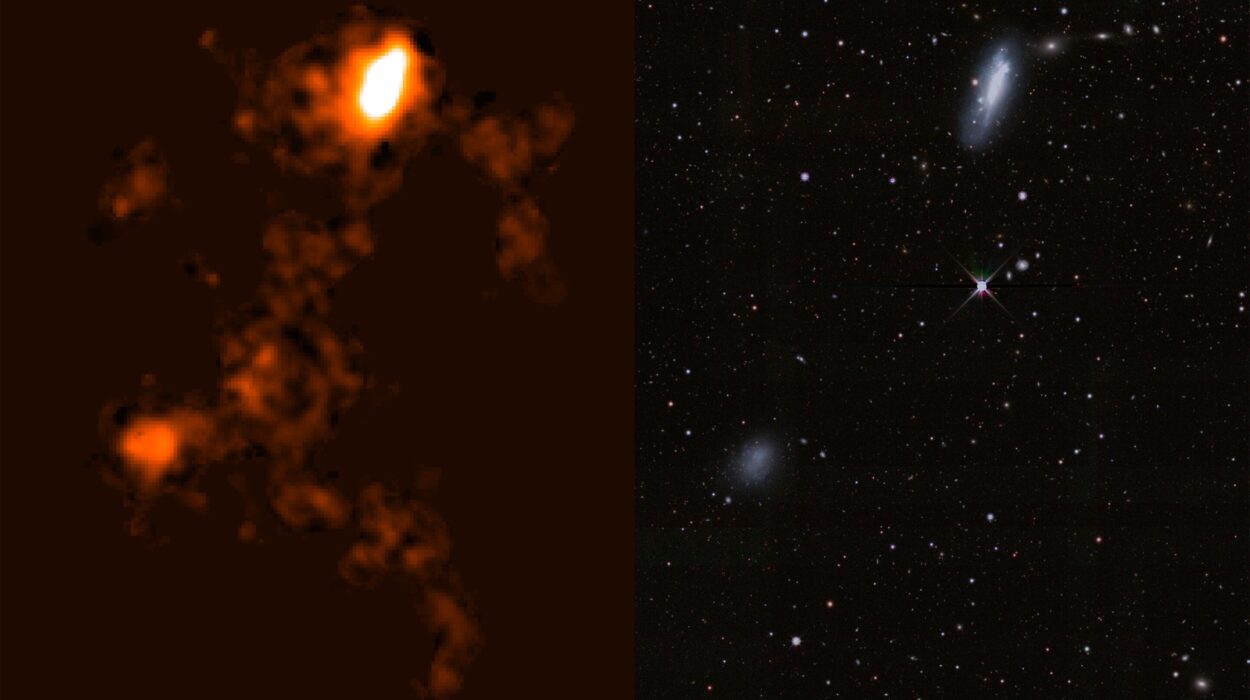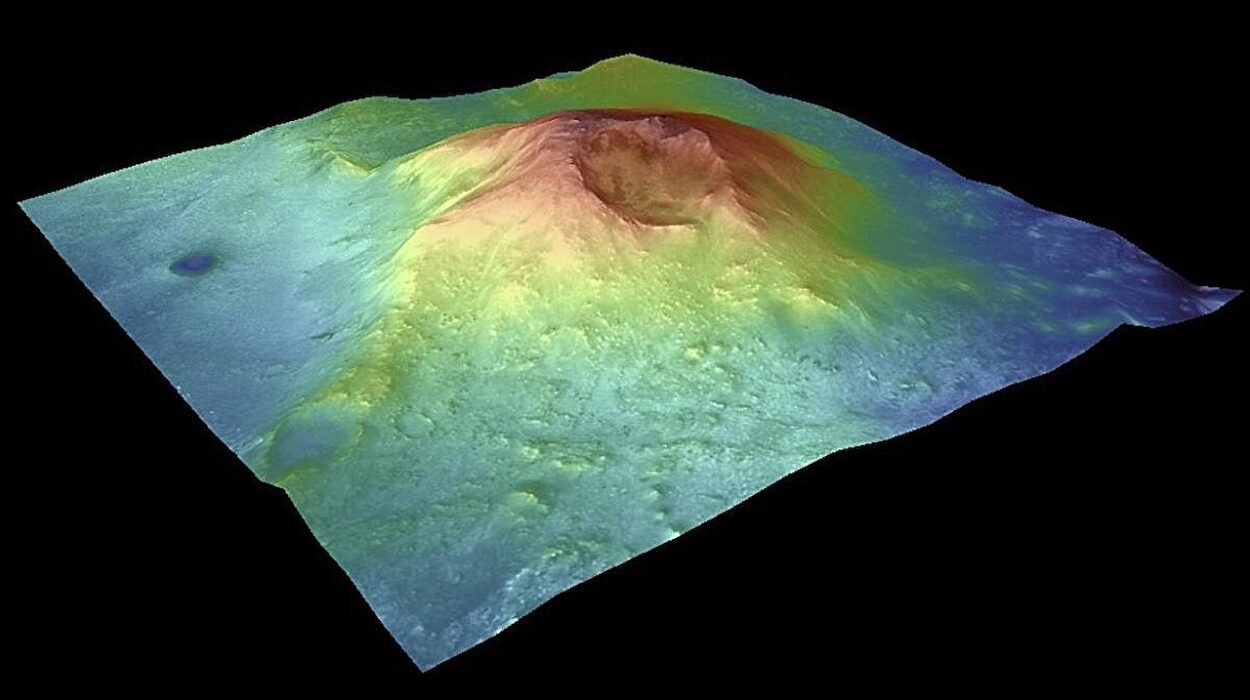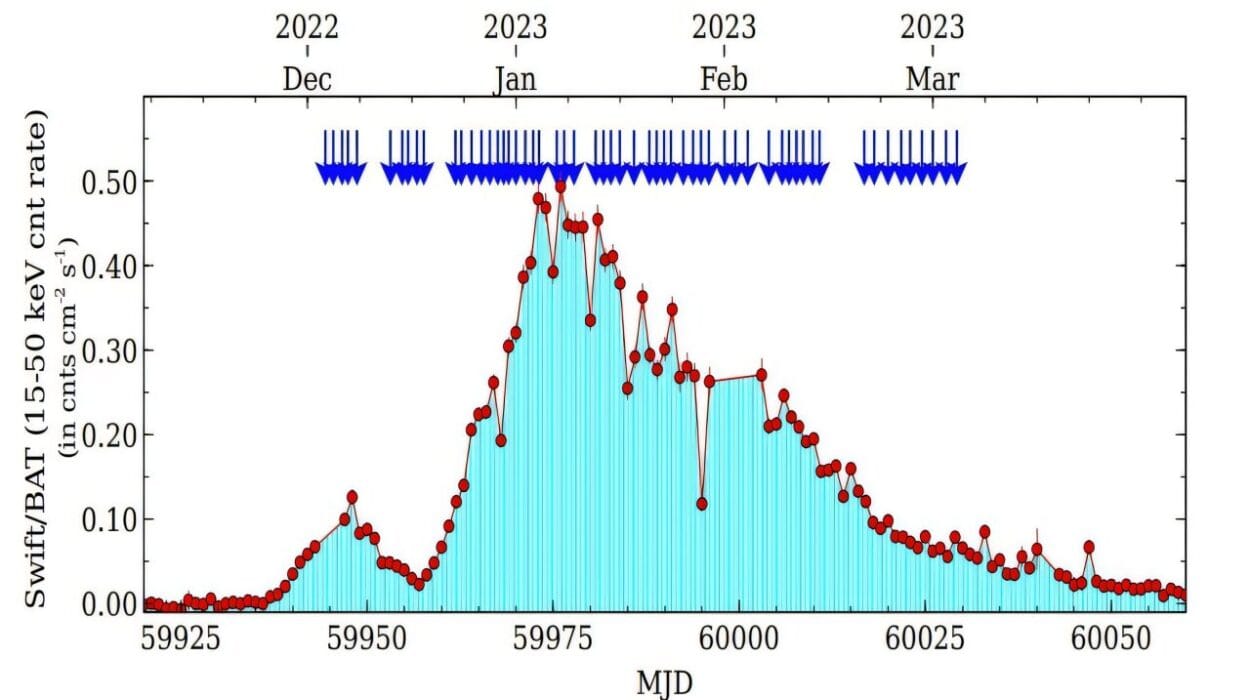Every night, whether it’s a glowing crescent or a luminous full orb, the Moon graces our skies like a timeless guardian. Poets have praised it, lovers have basked in its silver glow, and astronomers have studied it for centuries. It appears calm, eternal, and ever-present. But hidden beneath that silent facade is a cosmic truth that seems almost unbelievable: the Moon is slowly slipping away from Earth.
Yes, it’s true. Our closest celestial companion, the Moon, is retreating—drifting a tiny bit farther from Earth with every passing year. It’s not racing off into the void at rocket speed, but the movement is steady, measurable, and scientifically undeniable. The implications of this gradual retreat are profound, touching everything from the length of Earth’s day to the stability of our planet’s tilt.
So, how do we know the Moon is moving away? Why is it happening? What does it mean for the future of our planet? And should we worry?
Let’s take a deep dive into one of the most intriguing and underappreciated phenomena in planetary science—a story that stretches across billions of years, begins with a cataclysmic collision, and continues to unfold, millimeter by millimeter, right now.
How We Know: Laser Beams and Lunar Mirrors
Let’s start with a simple question: How can we be sure the Moon is moving away? After all, it’s not like we can see it happening with the naked eye.
The answer lies in one of the coolest experiments ever conducted on the Moon—and it involves astronauts, lasers, and mirrors.
When the Apollo astronauts visited the Moon between 1969 and 1972, they did more than plant flags and collect rocks. One of their most enduring contributions was placing retroreflectors—specialized mirrors designed to reflect light directly back to its source—on the Moon’s surface.
These retroreflectors are still there, silently waiting for laser pulses from Earth. At various observatories, including the McDonald Observatory in Texas, scientists fire powerful laser beams toward these mirrors. By measuring how long it takes for the laser beam to travel to the Moon and back, they can determine the exact distance to the Moon—with precision down to a few millimeters.
And what have they found? The Moon is moving away from Earth at a rate of approximately 3.8 centimeters (1.5 inches) per year. That might not sound like much, but over millions or billions of years, it’s a significant journey.
The Tidal Connection: Earth’s Gravitational Grip
So what’s causing this lunar migration? The answer, believe it or not, lies in the ocean tides.
The Moon exerts a gravitational pull on Earth’s oceans, which causes the water to bulge out both on the side nearest the Moon and the side farthest from it. These are the high tides. But here’s where it gets interesting: because Earth rotates faster than the Moon orbits the planet, these tidal bulges aren’t perfectly aligned with the Moon. They’re slightly ahead of it.
This offset means the bulges pull forward on the Moon, giving it a tiny but consistent nudge. This causes the Moon to accelerate in its orbit, and just like a car accelerating on a curve, the Moon moves into a slightly higher, more distant orbit.
At the same time, Earth pays a price for this gravitational interaction. The same tidal forces that push the Moon away also slow down Earth’s rotation. Our days are getting longer—by about 1.7 milliseconds per century.
It’s a cosmic exchange of angular momentum. Earth loses some of its rotational energy, which is transferred to the Moon, pushing it outward.
A Past Much Closer: The Young Moon
The Moon wasn’t always this distant. In fact, shortly after it formed, it was much, much closer to Earth—so close that it loomed enormous in the sky.
Current scientific consensus holds that the Moon formed about 4.5 billion years ago, likely as a result of a colossal collision between a Mars-sized body (often called Theia) and the young Earth. The debris from that impact coalesced into the Moon.
Back then, the Moon may have orbited at a distance of only 22,000 kilometers (13,700 miles). Today, the average distance is about 384,400 kilometers (238,855 miles). That’s a massive change.
The tidal forces were far stronger at that time, generating extreme tides possibly hundreds of meters high. Earth’s rotation was also much faster—one day might have lasted just 5 to 6 hours.
As the Moon moved away, tidal forces weakened, Earth’s rotation slowed, and the dynamic between Earth and Moon gradually settled into the stable relationship we see today.
Ancient Clues: Fossils and Rocks Tell the Story
How can we confirm that the Moon was closer in the past? We don’t have time machines, but we do have something almost as good: fossil records and geological formations.
Corals and some shellfish form daily growth rings, like tree rings, that can be counted and analyzed. Fossilized coral from around 400 million years ago reveals that a year had about 420 days—meaning days were shorter and Earth was spinning faster. This supports the theory that the Moon was closer, and Earth’s rotation was slowing due to tidal friction.
Sedimentary rock formations, known as tidal rhythmites, also preserve ancient tidal patterns. These layered structures, found in places like Australia and the American Midwest, show evidence of the rhythmic ebb and flow of tides over millions of years. By analyzing these layers, scientists can infer the length of days and the distance to the Moon in prehistoric times.
These natural records are not just fascinating—they’re concrete proof that the Earth-Moon system has been evolving over hundreds of millions of years.
Will the Moon Ever Leave Us?
Here’s where people start to get worried. If the Moon is moving away, will it eventually escape Earth’s gravity entirely and drift into space?
The answer is both reassuring and fascinating: no, not anytime soon.
Even though the Moon is moving away, the process is incredibly slow. At the current rate of 3.8 centimeters per year, it would take billions of years for the Moon to move so far away that it significantly affects Earth’s gravitational lock on it.
But there’s a twist.
Eventually—if nothing else changes—the Earth and Moon will become tidally locked. This means Earth’s rotation will slow to match the Moon’s orbital period. The same side of the Moon already faces Earth, but in this future, Earth will also always show the same face to the Moon. At that point, there will be no more net transfer of angular momentum, and the Moon’s drift will stop.
Estimates suggest this “mutual tidal locking” could occur in about 50 billion years—far longer than the expected lifespan of the Sun, which will become a red giant and likely consume both Earth and the Moon in about 5 billion years.
The Moon’s Many Roles: A Quiet Guardian
The Moon is more than just a pretty light in the sky. It plays a crucial role in maintaining Earth’s stability.
Most importantly, the Moon helps stabilize Earth’s axial tilt. Without the Moon, Earth’s tilt could wobble wildly over millions of years, leading to extreme climate shifts. Mars, for instance, doesn’t have a large moon to stabilize it, and its tilt varies dramatically.
By providing this gravitational anchor, the Moon has helped ensure a relatively stable climate on Earth—allowing life to evolve and flourish over geological time scales.
The Moon also affects tides, as we’ve already discussed. Without it, tides would be much weaker, as the Sun alone contributes only about 40% of the tidal effect. Tides have been crucial for coastal ecosystems, marine life, and possibly even the emergence of life from the oceans onto land.
Cultural and Psychological Impact
Beyond its physical effects, the Moon has a profound cultural, spiritual, and psychological significance. From ancient lunar calendars to the Moon’s influence in folklore, mythology, and art, it has shaped human civilization in countless ways.
Would humanity be the same without the Moon?
It’s not just a celestial body. It’s part of our story, our rhythm, our imagination.
What If the Moon Had Never Been There?
It’s hard to imagine a world without the Moon, but scientists have modeled what might happen if it had never formed—or if it had vanished early in Earth’s history.
Without the Moon:
- Earth’s axial tilt could vary chaotically, possibly swinging between 0° and 85°, leading to intense climate instability.
- Days would be much shorter, possibly just 8 to 10 hours.
- Tidal patterns would be far weaker, altering the evolution of life and coastal systems.
- There would be no total solar eclipses, as no other body aligns so perfectly with the Sun from our perspective.
In short, Earth might still exist—but it would be a vastly different place, possibly far less hospitable to complex life.
The Future of Lunar Science
As our knowledge of the Moon grows, so too does our curiosity. NASA’s Artemis program aims to return humans to the Moon by the late 2020s, and this time, we may stay longer. Plans for permanent lunar habitats, lunar telescopes, and even lunar mining are being explored.
Understanding the Moon’s movement, composition, and history isn’t just an academic exercise—it could be key to understanding planetary formation, Earth’s origins, and our own future in space.
The Moon’s slow retreat is not just a reminder of change—it’s a celestial breadcrumb, guiding us back through deep time and pointing toward the cosmos beyond.
Final Thoughts: A Slow Goodbye?
So, is the Moon really moving away from Earth?
Yes. Absolutely. Unquestionably.
But it’s not a dramatic escape. It’s more like a graceful dance, where one partner is slowly widening the circle. The Moon’s retreat is a silent, steady process—measured not in human years, but in geological ages.
In this slow-motion cosmic ballet, we are fortunate to live in a time when the Moon still lights our night skies, still steers our tides, and still inspires our dreams. It’s a companion in the truest sense—steadfast, beautiful, and deeply intertwined with the fate of our world.
As we gaze at its silvery light, perhaps we should take a moment to marvel not just at the Moon’s presence—but at its journey, its story, and the quiet, elegant way it continues to change the Earth from above.
Because even in its silence, the Moon is telling us something profound: that everything in the universe moves, evolves, and transforms—and we are part of that magnificent unfolding.
